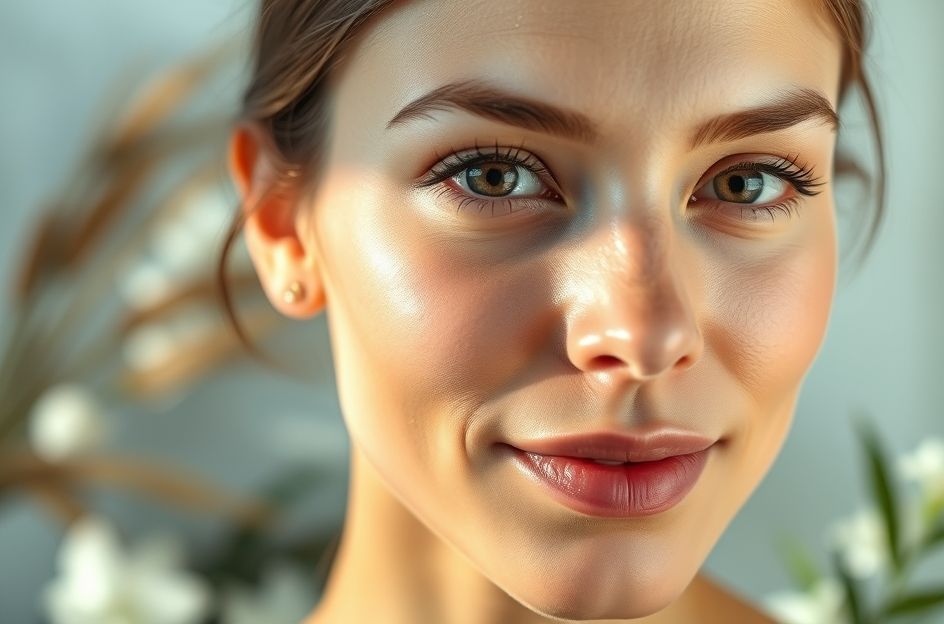Acne, in all its frustrating forms – zits, pimples, blemishes, and breakouts – affects a significant portion of the global population. An estimated 80% of people worldwide experience acne at some point in their lives. While some encounter it as a minor, fleeting annoyance, for others, acne becomes a persistent concern, significantly impacting self-esteem and psychological well-being.
Many individuals grappling with acne turn to conventional treatments involving harsh chemicals and antibiotics. Fortunately, a wider range of options is now accessible. If you’re exploring alternative therapies, here’s an overview of some effective methods:
**Blue Light Therapy:** This therapy targets individuals who haven’t found success with other acne treatments. It focuses on eliminating *Propionibacterium acnes* (P. acnes), the bacteria responsible for many acne types. P. acnes produces porphyrins, molecules that contribute to bacterial growth and inflammation. Blue light therapy targets these porphyrins. When exposed to blue light, porphyrins generate free radicals that destroy the P. acnes bacteria.
Blue light therapy is gaining popularity due to its non-invasive and drug-free nature. Unlike some topical medications that can irritate sensitive skin, causing peeling, redness, and sun sensitivity, blue light therapy offers a gentler approach. Modern blue light therapy is FDA-approved and free of harmful UV light. Treatment typically involves short sessions, around 15 minutes, administered gradually over several weeks (e.g., eight sessions over four weeks). Consult a dermatologist or skin specialist for detailed information and treatment options.
**Pulsed Light and Heat Energy (LHE) Therapy:** LHE therapy combines light and heat to address the underlying causes of acne. Similar to blue light therapy, light is used to destroy acne-causing bacteria. Additionally, heat is employed to reduce sebum production and shrink sebaceous glands. LHE therapy offers the appeal of rapid results, with improvements often visible within 30 days. The FDA has approved LHE therapy for treating mild to moderate acne. Sessions are quick, generally lasting just over 10 minutes.
**Herbal Therapies:** For a milder and potentially less expensive approach, consider exploring herbal therapies. Some individuals report positive results using supplements like black currant seed oil and evening primrose oil. A typical recommendation involves taking three 500-milligram capsules daily. Maintaining an herbal diary to track your intake and its effects can be beneficial.
**Vitamins and Minerals:** Certain vitamins and minerals are essential for healthy skin. Vitamin A plays a critical role in controlling sebum production and keratin formation. However, due to its potency, Vitamin A should only be taken in controlled doses under medical supervision. Other beneficial vitamins include Vitamin B-6 and Vitamin E. Zinc is also important, with a daily intake of approximately 30-50 mg often recommended for acne sufferers. Always consult with a healthcare professional before starting any new supplement regimen.
